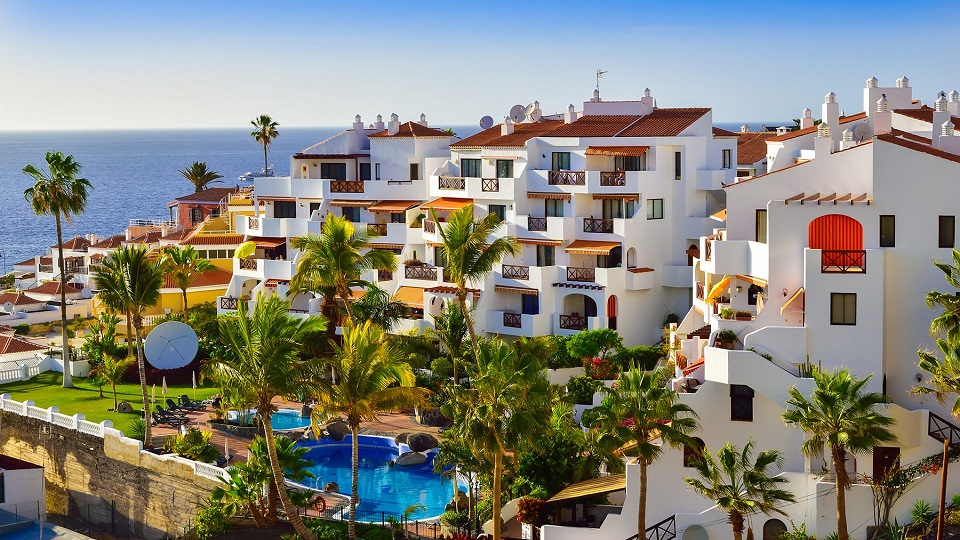Spain has long been a hot favourite with property investors from across Europe – and the British have a particularly strong affinity with this country. As an estimated 600,000 Brits have invested in holiday homes across both the Iberian Peninsula and popular Spanish holiday islands in the Canaries and the Balearics, such as Ibiza and Tenerife.
December 31st Tax Deadline Looms
Every year, owners of holiday homes who reside outside of Spain are expected to pay an annual tax on their property investment – regardless of whether they rent it out or not. And the annual deadline for payment of the Modelo 210 tax is now fast approaching on December 31st.
However, many overseas owners remain unaware of their liability.
Modelo 210 Tax For Non-Residents
Anyone who spends less than 183 days residing in Spain is classified as a non-resident for tax purposes. But even though these non-resident owners don’t receive any rental income from their second home in Spain they still have to pay an annual tax on the property – the Modelo 210. As the Spanish tax authorities deem the property to be an asset which could always be rented out in the future.
As a result, the Modelo 210 tax is one of the most misunderstood taxes amongst overseas property investors and can often result in complications for owners if it is ignored or simply left unpaid.
In some cases, the Spanish authorities have even been known to take the monies owed in tax direct from non-resident owner bank accounts. So, it obviously pays to know exactly where you stand and to ensure all of your payments are kept up to date.
How Is The Modelo 210 Tax Calculated?
The amount of tax payable is based on the property’s valor catastral (catastral value), not its purchase or resale value.
The valor catastral is an assessment which is made on your property by local councils in Spain, similar to council tax bands in the UK. You can find this figure on the IBI or local rates bill which you are sent annually by the council that governs the region where your property is located.
Normally, the tax owed amounts to between 1% and 2% of the property’s catastral value. The tax is levied retrospectively, so for example owners are now required to file their Modelo 210 return for 2019.
How Can I Make Payment?
Most property owners tend to use a lawyer or accountant to submit their annual Modelo 210 tax return. However, this can prove quite expensive – with fees and charges for these professional services sometimes reaching as much as €300, which can often be more than the Modelo 210 tax bill itself.
The other option is to try and file your own return direct online with the Spanish Tax office – the Agencia Tributaria.
Their website does not offer the most intuitive user experience though, so this can be a very time-consuming process, especially if you don’t speak any Spanish. Whilst you also have to calculate your own tax liability, which can be a little daunting.
What Happens If I Don’t Pay?
Failure to pay can lead to complications when you come to sell your property in Spain. For example, the unpaid tax accrues, along with fines for late payment and this amount is then levied against the property – leaving a substantial sum that has to be cleared before title deeds can be exchanged and the property sale completed.
The Spanish tax authorities have also been known to contact non-resident owners direct and in extreme cases extract monies owed from non-resident bank accounts.
AUTHOR BIO
Ben Einar Simkins is a British born Modelo 210 tax specialist, based in Spain. Ben is a fully qualified tax consultant and a fully accredited member of professional bodies such as REAF (Association of Economists and Fiscal Assessors) and CFE (Association of European Tax Advisers).
